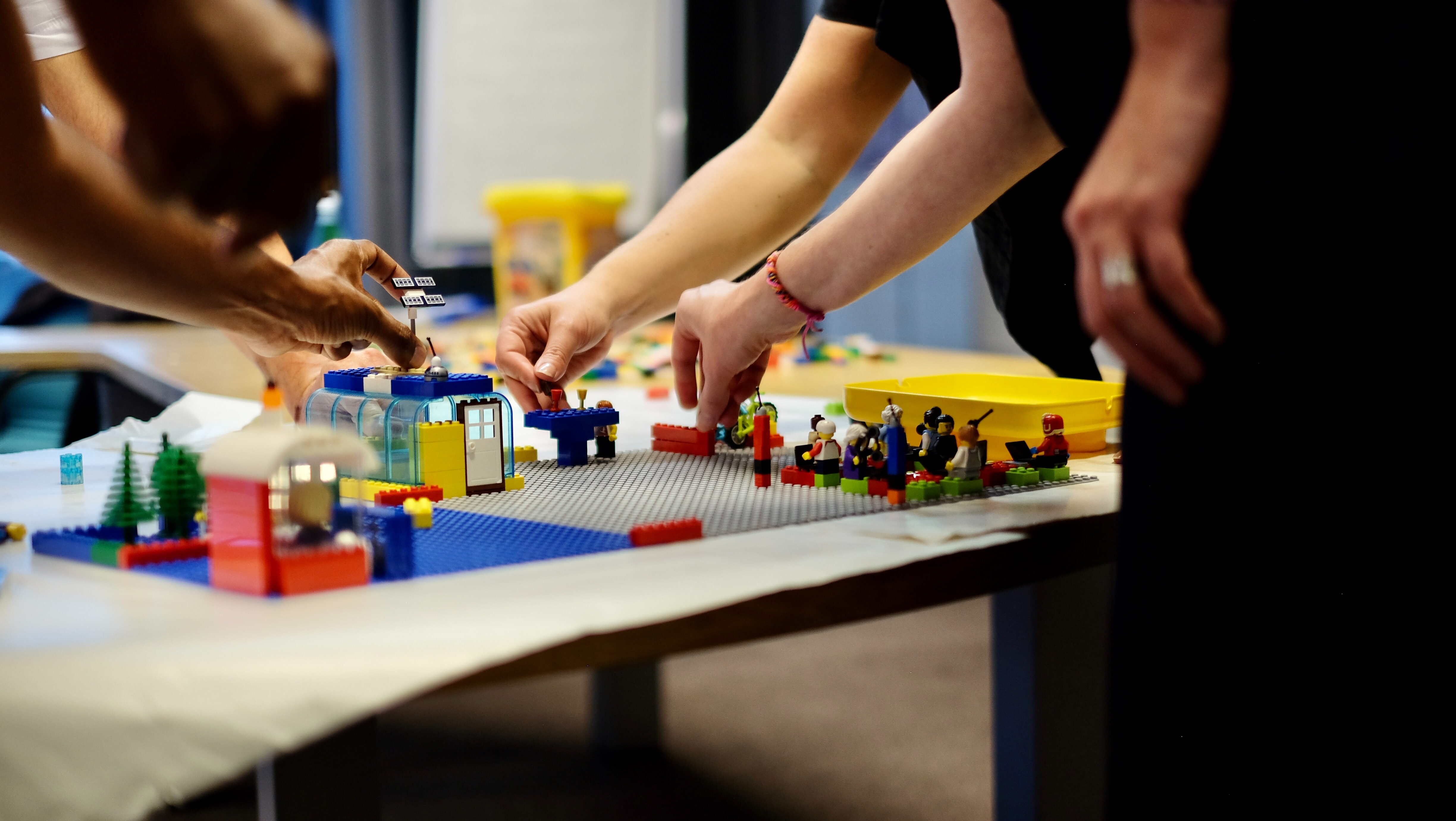
Why we recommend a Minimum Viable Product (MVP) approach
 By Katie Te Nahu Owen
By Katie Te Nahu Owen
When clients engage with us in order to create a new offering, we usually find ourselves recommending that they reduce their initial scope and budget. That may sound odd for a company that makes money by providing services to clients, but we do have an ulterior motive - we want our clients to create successful and sustainable offerings.
This is why more often than not, we recommend a Minimum Viable Product (MVP) approach to our clients when we’re starting a new project. An MVP is the smallest amount of work that will create the biggest impact for an organisation, and we consider it the most sensible approach for new offerings, as it means our clients can:
- Get to market faster;
- Validate their business model and ideas quickly;
- Reduce wasted design and development time;
- See a Return on Investment (ROI) sooner; and
- Receive feedback that guides the future direction of the offering.
An MVP addresses the functionality that our clients have requested, at a level sufficient to provide value to the organisation and its members or users, while leaving room for slight changes to direction and functionality in future development. It results in providing some initial, helpful functionality while laying the foundation for a more complex and expansive offering in future phases.
The alternative to this approach is defining and building an entire business or system over a considerable time period. This often results in missed deadlines, budget blowouts, wasted time and budget developing features that end up being unwanted or unused, and missed opportunities to solve real problems and provide value to the users.
In engagements with our clients, we have produced successful MVPs for digital products and platforms, using an initial understanding of, and empathy for, the needs of users of the product or platform. To establish this understanding, our process starts with an initial research and design phase where we identify what can be done to provide the biggest impact for both the organisation and the end users. This is then followed by several design and development Sprints, until the MVP has been reached.
We know from experience that there will be subsequent work to be completed following the launch of an MVP. While we will have a good understanding of a project following our research and design phase, the nature of creating digital products and platforms means that there will always be questions discovered and answered during the development of an MVP which can lead to further development phases. This means that while an MVP will absolutely address the requirements, there will still be more to do in future phases.
As ideas are formed and decisions are made, requirements can be added to the backlog of work to be completed following the initial release of the MVP. Due to the MVP approach, additional phases are much more feasible since our clients can already see a ROI, observe how their product or platform is being used, and utilise feedback from the early users to guide decisions around future design or development work.
Want to find out if our MVP approach is right for your idea?